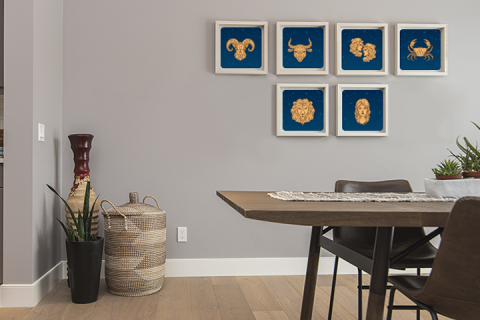If resort architecture can create an ambience for good living, why can’t we adopt such ideas for every building, wonders Sathya Prakash Varanashi
What do we think when we hear the word ‘resort’? Of course thoughts like fun, family, friends, relaxation and such others appear immediately. Soon we think of rustic looks, natural materials, day light, fresh air, earthy looks and this list may go on depending upon the exposure one has. Is it not strange that we do not care for these words or themes when we design our own city homes and offices, but expect them in a resort? If these design ideas are really so attractive, why are we not employing them outside resorts?
Good designs should soothe the mind and not provoke it, irrespective of whether the building is in a city or a village. From this psychological perspective, majority of visitors to resorts feel they are able to relax, feel good in a resort. This becomes possible, as people may reason, being away from work and being with nature, but actually it’s the design which also plays a major role in creating the mood.
If we look at the resort Our Native Village in Bangalore designed by architect Chitra Vishwanath, it not only has earthy architecture, but also a wide variety of eco-friendly concepts and energy-efficient ideas built into it. While having few isolated ideas also can make a project green, a large number of ideas can cumulatively add value to the project and can become a proven example towards sustainable future.
Passive cooling
Our Native Village produces most its electricity, nearly 6.5 kva by way of solar photovoltaic cells, besides attempting energy from wind turbines. Using stabilised mud blocks and thatch-roof tops has ensured passive cooling, negating the need for air onditioners. The swimming pool has no chlorine treatments or other kinds of filtrations, but has a bio-pool where plants, roots and fish clean the circulating water.
Waste-water flows through a reed bed full of plants, getting partly purified in the process. All bio-degradable waste gets composted for the gardens. Needless to say, walls are un-plastered and roofs are non-conventional, with alternative ideas.
We need green buildings, being termed so not only by some calculations about how much AC electricity or fresh water supply it saves. Projects should have earthy qualities to create an ambience to soothe the mind, and additionally ensure attractive architecture, nutritious food, energy efficiency, water conservation and proper waste management. Without such holistic approach to building, it’s difficult to achieve critical benefits towards eco-friendly development.
If architecture can create an ambience for good living and if resort architecture creates it, why cannot we adopt such ideas for every building? The idea behind the question is not to explore the reasons, but to suggest the validity of nature-friendly ideas not only in a natural setting, but also in an urban context.
Not all buildings can be similar, with a factory being different from a school which cannot be same as a house. However, all buildings can have similar nature-friendly ideas.
This article was originally published on www.thehindu.com dated August 22, 2015





